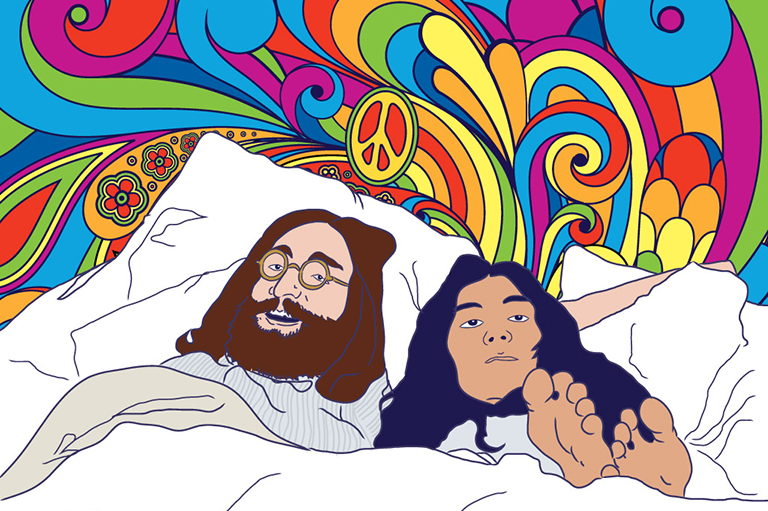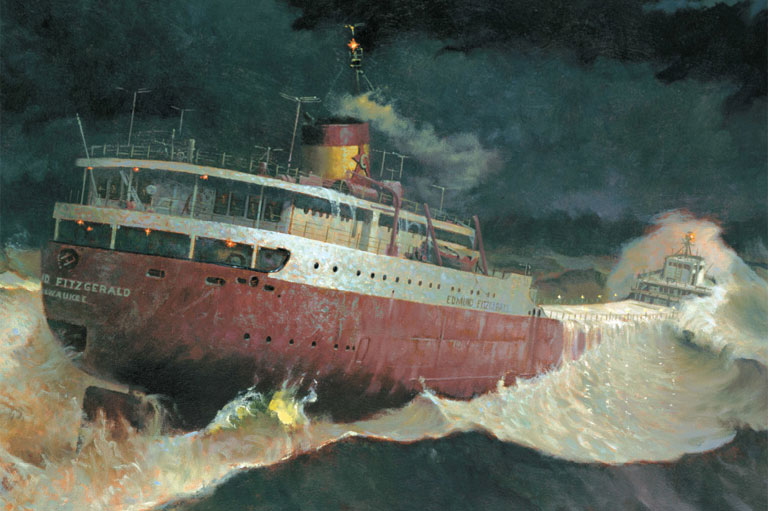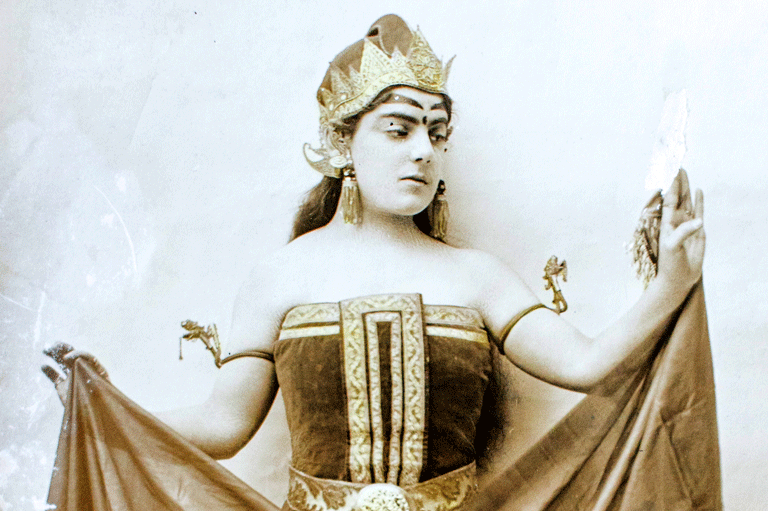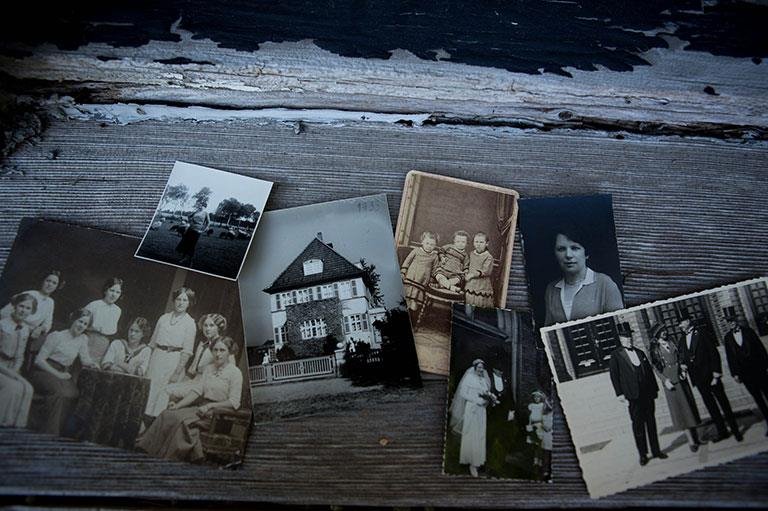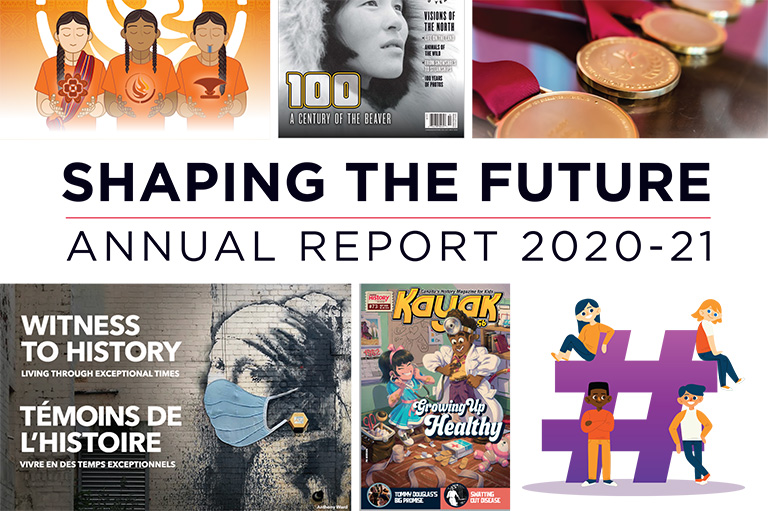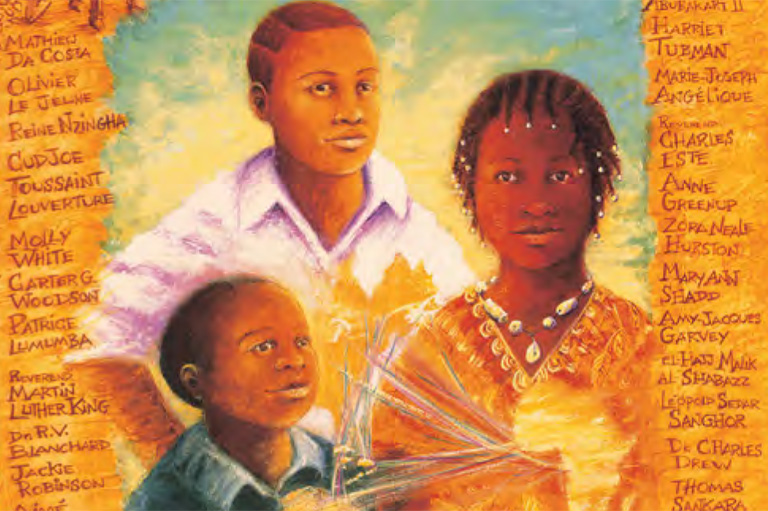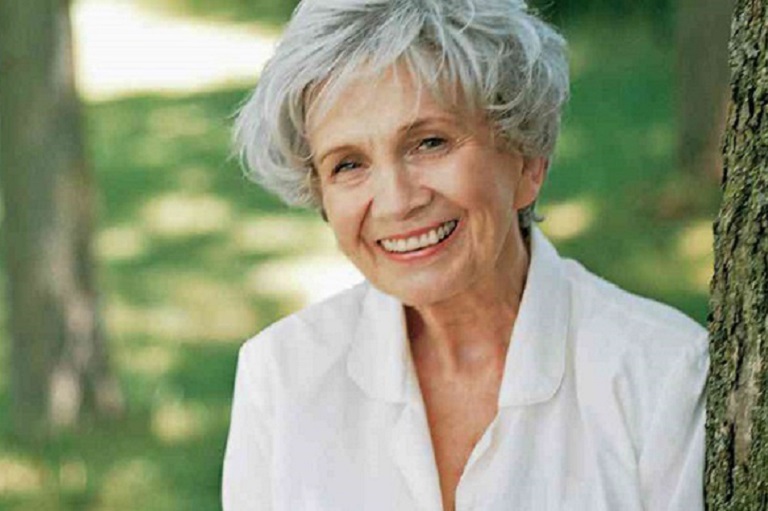Come Together: John Lennon and Yoko Ono, Montreal 1969
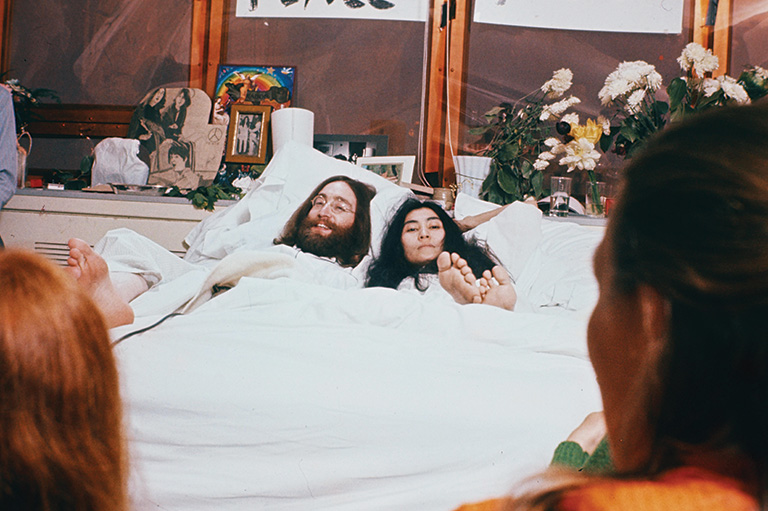
I’ll be on my way
Montreal. May 26, 1969. Roy Kerwood, just eighteen years old, is briskly hiking along Boulevard Dorchester. His trusty Leicaflex dangles from his shoulder as he tries, with little success, to calm his nerves. What am I doing here? Will they even let me in?
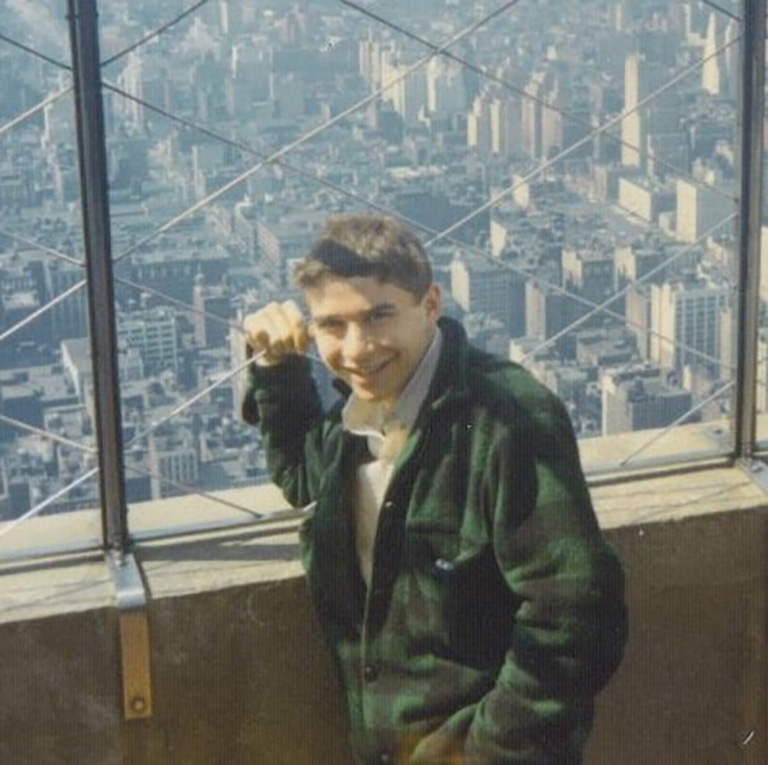
Suddenly, his destination appears — the Queen Elizabeth hotel. The famed CN auberge oozes history: Fidel Castro, the cigarro-loving Cuban revolutionary leader, once bunked here, as did French President Charles de Gaulle, who famously fanned the flames of separatism by standing on a balcony and declaring, “Vive le Québec libre!”
Now the Queen Elizabeth is about to become the epicentre of a pop-culture earthquake. Inside, John Lennon and Yoko Ono are launching their “bed-in for peace,” and Kerwood is determined to be there, camera in hand, when it happens.
Rushing across the hotel lobby and into the elevator, he pauses. Which number was it again? Seventeen-something … that’s it, 1742. Time seems to stop as the young photographer rises through the bowels of the hotel.
Ding.
Reaching the seventeenth floor, Kerwood tentatively steps through the elevator doors — and then strides forward to meet his destiny.
A Day in the Life
Canada in 1967 was viewed by progressives as a more sane and humane mirror of its American neighbour. Politically, Canadians still basked in the afterglow of Trudeaumania. Pierre Trudeau’s Liberals had made headlines by relaxing laws restricting divorce and homosexuality. And, with the Vietnam War deepening, increasing numbers of Americans saw Canada as a potential sanctuary; thousands of war resisters crossed the border seeking to avoid the draft. Crucially, Canada refused to send them back.
It was only natural, then, that Canada — and especially Montreal — would draw the attention of the world’s most famous peace activists, John Lennon and Yoko Ono. At the time, Montreal was Canada’s largest city and also its cultural capital.
Two years earlier, the city had cemented its “cool cred” during the wildly successful Expo 67. The city’s location — a short flight from eastern seaboard cities such as Boston and New York — also made it easily accessible to major American media outlets.
Montreal was a North American follow-up to the couple’s earlier honeymoon bed-in at the Amsterdam Hilton, but the Canadian city wasn’t their first choice.
They had hoped to reprise the bed-in the United States, but authorities there refused them entry over a 1968 bust for marijuana possession. They also considered the Bahamas, but the Caribbean country was literally too hot for comfort and too remote for media coverage.
For a young Roy Kerwood, meanwhile, the bed-in seemed to be his first big break in a longshot bid to become a world-famous photographer. Born in England, Kerwood and his family moved to Canada in the mid-1950s. When his parents split up, he and his siblings moved with their father to Quebec.
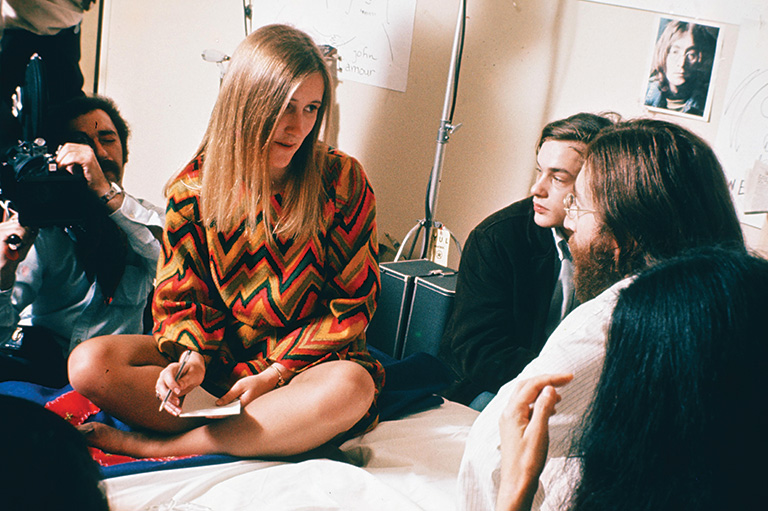
By 1969, Kerwood was a student at the Montreal School of Modern Photography. How he came to shoot the bed-in was a combination of fate and plain old pluck. In the spring of 1969, he was handed a school assignment to photograph someone at work. He chose as a subject Roger Scott, the British-born DJ at local radio station CFOX.
Scott, who was in his mid-twenties, hit it off with the young photographer. They shared many things in common, including a love of the Fab Four — which, for Kerwood, had bloomed a few years earlier.
“By the time my brother and I moved to Pointe Claire, Quebec, we had Nehru jackets, Beatle haircuts, and stovepipe pants,” he said in a recent interview. “I knew every word to every Beatles song — and I could sing them. If you closed your eyes, you wouldn’t have known it wasn’t one of the Beatles. I had a pretty good voice, and the girls just loved it; they fell all over my brother and I.”
Fast-forward to May 1969. When Kerwood heard news of Lennon’s bed-in plan, his mind raced. He immediately called Roger Scott, who, it turned out, was already registered as media and planned to interview Lennon live.
Kerwood begged Scott to let him tag along — even though, as a radio station, CFOX had no need for a photographer. “I said, ‘you guys have got to have pictures of this event,’” recalls Kerwood. “I said, ‘It’s totally cosmic — can I come and take the pictures?’”
Scott agreed, with one caveat: Kerwood would have to get his own accreditation to the event. Fortunately, Kerwood had other friends in high places. He called local fashion photographer Gerry Deiter, who had connections at Capitol Records, the Beatles’ music label. A quick call to Capitol found Kerwood on the phone with a label executive, bluffing his way into the bed-in.
“I phoned him up and said I was calling from CFOX radio. I said, ‘Roy Kerwood here. What time do I show up to take photos of John Lennon?’
“The guy told me when to show up, and said ‘you got fifteen minutes to take your snaps.’ And like that, I was in.”
With 7 uniquely curated newsletters to choose from, we have something for everyone.
Magical Mystery Tour
Back at the Queen Elizabeth, Kerwood enters the suite at room 1742. Lennon and Ono are wrapping up interviews with several reporters. Kerwood spots Roger Scott and his colleague, Charles Chandler, setting up for CFOX’s slot.
“Excited and nervous,” Kerwood reaches for his camera, only to discover he’s only brought one roll of film to the hotel.
Just moments into his big break and he’s already facing disaster. Quickly borrowing a couple of dollars from Chandler, Kerwood races downstairs to buy more film. A short while later he returns, clutching several rolls. Disaster averted.
Standing there, just a few feet from his musical idol, Kerwood’s dying to speak to Lennon. Finally, he blurts out a question.
“I asked John the meaning of the song “Strawberry Fields Forever.” He said ‘Did you like the song?’ I said, ‘Yes I loved it.’ He said ‘That’s what it was all about. If you liked it, that’s what it was about.”
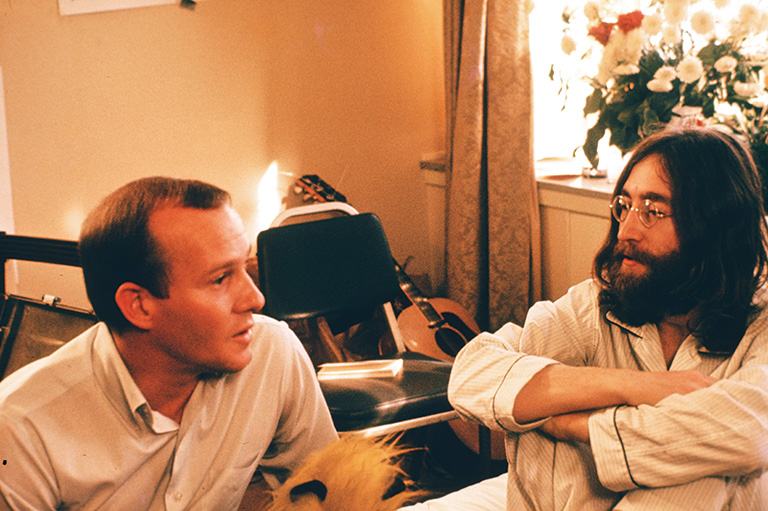
With that, the ice is broken, and the next few hours are a whirlwind as visitors — both journalists and admirers — make the pilgrimage to room 1742. By around eleven o’clock in the evening, the day’s events are winding down.
Preparing to go, Kerwood sees Lennon’s press agent, Derek Taylor. Lennon wants to see prints of Kerwood’s shots. His heart pumping, Kerwood runs off to a friend’s studio to develop his film.
The next morning, he returns with forty black-and-white shots. Handing them to Lennon, Kerwood awaits his reaction. Lennon breaks into a grin. “They’re f—ing lovely! Can you give me a copy of each? I’d like to have them.”
It was Kerwood’s first big sale. “He paid me ten bucks each — and in 1969 ten bucks was a lot of money,” Kerwood recalls with a laugh. Kerwood asks John if he can stick around. He winds up staying for the duration of the bed-in.
A Hard Day’s Night
By 1969, the facade of the “harmonious” Beatles had begun to fracture. Some people blamed Lennon’s relationship with avant-garde artist Yoko Ono. She was certainly no stranger to controversy; one of her better-known works of performance art, Cut Piece, saw a kneeling Ono passively allow strangers to snip away her clothing with a pair of scissors.
The Beatles of 1969 were far removed from the fresh-faced, mop-topped lads who had played Montreal in 1964. Lennon had controversially proclaimed the Beatles to be bigger than Jesus. With his long, shoulder-length hair, Lennon in ’69 actually looked the part.
Just prior to the bed-in, Lennon and his bandmates had travelled to England to record Abbey Road. The sessions had been tense as egos and musical ideologies clashed. At the time, Lennon was branching into musical experimentation. A year earlier, Lennon and Ono had released Unfinished Music No. 1: Two Virgins, an abstract album deemed unlistenable by some music critics; it was actually banned in some jurisdictions for featuring a photo of the couple totally nude on the cover.
Rightly or wrongly, Ono was — and still is — seen as the woman who “broke up the Beatles.”
Kerwood’s first impression of her, after meeting her in room 1742, was of a surprisingly vulnerable woman overwhelmed by the crush of attention.
“I got the feeling Yoko was a little bit scared by the whole thing — in fact, I know she was,” Kerwood said.
“John had to be the rock for Yoko. A one point, she threw her arms around him and said, ‘Oh, God, John, why do we have to put up with all this s--t?’ He said, ‘Just relax, everything is going to be fine. Don’t talk if you don’t want to.’ It was a very tender moment.”
Being a performance artist, Ono was able to work through her anxiety. Throughout the event, she almost never left Lennon’s side and was quick to defend both him and their shared vision of a world without war. At one point, she informed reporters that there were no longer individual artists named John Lennon or Yoko Ono, but only the couple, who would jointly produce art in the future.
During the week-long bed-in, Kerwood witnessed a menagerie of characters — reporters, celebrities, fans, hippies and activists — parade through the hotel suite. All had come to witness a pyjamas-clad Lennon hold forth on obtuse topics such as love, religion, philosophy, war, and peace.
Many luminaries of the counterculture movement made the pilgrimage to Montreal, including LSD guru Timothy Leary, beat poet Allen Ginsberg, and comedian Tommy Smothers.
“There’re so many things that are etched in my mind,” Kerwood recalled. “I remember [comedian] Tom Smothers; he was so funny. At one point Tommy and John were sitting there and kind of bickering with each other.
“Tommy was a bit of a conservative and a bit uptight … and John was like, ‘Please, this is not about politics, this about the world, and peace.’ … Eventually they started a real common understanding.”
Revolution
It wasn’t all peace and love, though. Kerwood also witnessed the bed-in’s most notorious dust-up — a vicious verbal battle between Lennon and Al Capp, creator of the comic strip L’il Abner. Capp rose to fame in the 1930s and 1940s by using satire to skewer the rich and powerful.
By the 1960s, though, Capp was vocally dismissive of the anti-war movement. Invited to meet Lennon in Montreal, Capp intended to show up the singer as the charlatan he believed Lennon to be.
The encounter was filmed and is today readily available on the Internet. It shows Capp entering the suite wearing a suit and tie. Lennon lies on a nearby bed with Ono. Extending his hand in greeting, Capp introduces himself as “that dreadful, Neanderthal fascist.” Lennon replies by introducing himself and Ono as “those famous freaks.”
Things quickly go downhill. Both men light cigarettes, probing for chinks in each other’s armor. Clearly disgusted, Capp’s voice drips with sarcasm. He asks Lennon whether Hitler and Churchill should simply have set aside their differences and staged a bed-in back in 1939.
“I think if Churchill and Hitler had gone in bed, a lot of people would be alive today,” is Lennon’s retort.
Capp challenges Lennon’s choice of location for the bed-in. Why not stage it in Communist-controlled Hanoi or Peking? “I do hope you plan to make them as peaceful as these blood-crazed Canadians,” Capp says wrly.

Capp then whips out a copy of the Two Virgins album. Holding it up to Lennon and Ono, he declares: “I think everyone owes it to the world to prove they have pubic hair, and you’ve done it. And I applaud you for it.” He follows by alleging that the bed-in is just a crass publicity stunt aimed at making money. Lennon’s press agent leaps between the two sides and orders Capp to leave.
All the while, Kerwood is there, watching in amazement. “Al Capp was a right-wing conservative man who believed absolutely in the American premise that might is right,” Kerwood recalls.
“I watched him with Al Capp, and Al Capp was abrasive and nasty and vindictive, and just belittling and terrible. But John kept his cool….[Capp] thought [the bed-in] was a publicity stunt. I don’t think John saw it that way. It was a very simple message: Stop making war, and start making love. Certainly, in the context of the Cold War and the Vietnam War, it was an impossible message.”
Save as much as 40% off the cover price! 4 issues per year as low as $29.95. Available in print and digital. Tariff-exempt!
Give Peace a Chance
In Montreal, the streets were abuzz with youthful album. excitement. More than five hundred teens had greeted Lennon and Ono at Dorval airport for their arrival on May 26. Meanwhile, sidewalks teemed with people seeking a glimpse of their counterculture idols.
Occasionally, during lulls in the action, Kerwood would head into the streets. On one occasion, he joined Timothy Leary and his entourage during a shopping excursion to Old Montreal. Pausing at a shoe store, Leary attracted a passel of onlookers. “There was just this electricity [on the streets]. It was just surreal,” Kerwood said.
On another occasion, Kerwood met a pair of starstruck Montreal girls near Mount Royal, carrying trays of flowers that spelled out “peace.” He brought them back to room 1742 to introduce them to Lennon.
“He was just so delighted that people were sharing his message. He was so tickled that they were brought to his room to be part of this.”
Kerwood was also present for the bed-in’s most famous moment — the recording of “Give Peace a Chance.” It was June 1, 1969, and Kerwood says his memory of the moment is still vivid decades later.
“John said, ‘We’ve got to write a song about this’... He started writing out ‘Give Peace a Chance.’ “He wrote out some lyrics: ‘Everybody’s talking about this-ism, that-ism, -ism –ism.’”
“For me that was icing on the cake,” Kerwood recalls.
“To have been put in a position to be with someone you idolize, and to watch that person do the thing that you idolize him for — to see that magic happen — it was beyond words. And then, to watch that song become a worldwide anthem for people … every time it’s played I get goose bumps.”
Hello, Goodbye
And then it was over. The media left, as did the multitude of others. Finally, on June 2, 1969, it was Kerwood’s turn to bid his farewells.
Kerwood still cherishes that final audience with Lennon.
“I got to see John Lennon be John Lennon — no cameras, nobody in the room, just me and Derek [Taylor] and Yoko. He wasn’t performing for anyone. He wasn’t in his pyjamas. He wasn’t being filmed. He was just John Lennon. For those few moments we were just two people together.”
It’s been forty-four years since the bed-in, an event acknowledged today as a touchstone moment for the protest generation.
At the time, though, Kerwood and the others who participated had no way of knowing its true significance. To mainstream culture, it was seen at best as odd, at worst as subversive.
Even Tommy Smothers was pessimistic that anything would change as a result of it. In a documentary filmed during the event, Smothers despairs that big government will forever control the masses. Lennon seeks to reassure him he is wrong.
“They’re losing,” Lennon says.
“No they’re not, they’ve won,” Smothers says, his voice choking with emotion. It’s all too much for Ono.
“No they haven’t!” she cries out. “That’s no reason to give up, it’s even more reason to fight over it. There’s no time for negative thoughts. We just say we’re going to make it. We have to make it!”
The day after “Give Peace a Chance” was recorded, the Montreal Gazette buried its bed-in coverage on page eleven. The story focused on Smothers’ reaction to the event; “Give Peace a Chance” is only mentioned in passing.
Elsewhere in the newspaper, the Gazette featured a short editorial, titled “Embeatled Peace,” that gently mocked the bed-in, while a third of a page was devoted to an angry letter from a reader, titled, “Open Letter to a Rebellious Student,” which slammed the youth who were fuelling the anti-war movement.
It took time, and the untimely death of John Lennon, to change the official narrative of the bed-in. In the days following Lennon’s assassination on December 8, 1980, the Gazette devoted its entire front page to the singer under the headline “When Lennon Came to Town.” Dave Bist, a reporter who covered the bed-in for the paper in 1969, provided a retrospective.
“I was there … awed by the whole thing,” Bist wrote.
“After all, there was John Lennon, just feet away, bouncing around in a bed, playing his guitar and singing. Making a record, maybe even history. And I had a job to do, I’d come as a reporter, but now I was part of this event … it was magical.”
From a historical perspective, it’s tough to assess the true impact of the bed-in, especially since Lennon the man has become obscured by Lennon the myth in the years since his death.
In a column marking the twentieth anniversary of the murder, New York Times critic Allan Kozinn wrote, “just about the last thing [Lennon] wanted was for anyone to make him out as a saint.… It was not lost on him that some of his utopian notions were naive. He said as much in “Imagine,” but added that if he was a dreamer, others were, too … if enough dreamers banded together the world could be changed.”
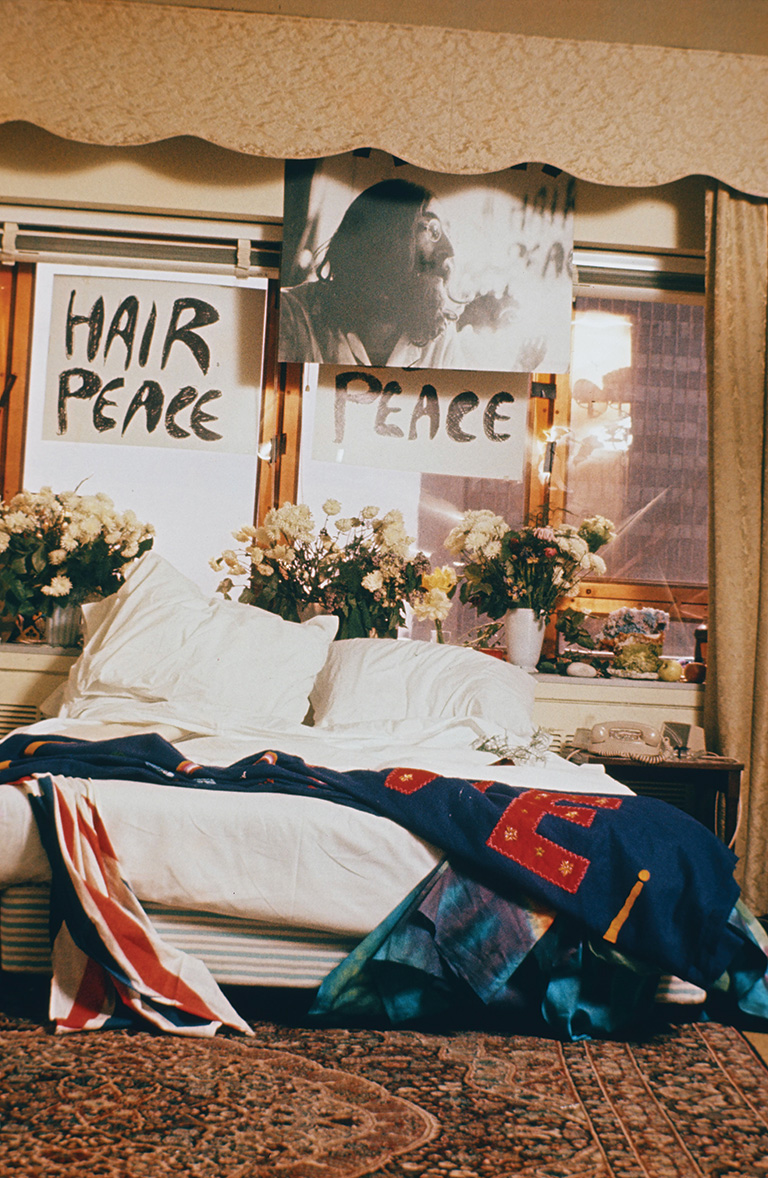
Kozinn argues that, despite Capp’s accusation, the bed-in wasn’t an attempt by Lennon to cash in. He was already rich. Rather, Lennon saw the bed-in as a chance to use his celebrity to change public opinion. The bed-in, then, was an act of selfless self-promotion.
In fact, Lennon was attempting to use society’s obsession with consumerism to somehow “sell peace” to the masses. In a May 29, 1969, interview with The Canadian Press, he said, “It’s all the urban squares we need to covert. All the housewives with children. We have to break down the system’s propaganda machinery. The problem with the hippies and yippies is that they are snobbish, they don’t want to talk to squares.”
Given this, one wonders what Lennon would think of the cottage industry that has grown up around all things bed-in related.
In recent years, Lennon’s hand-written lyrics for “Give Peace a Chance” have sold at auction for more than $830,000; a sign declaring “Bed Peace” that figures prominently in photos of the event fetched almost $160,000.
Meanwhile, the Queen Elizabeth Hotel today offers a “Bed-In for Peace” package. For only $799 per night (taxes and gratuities not included) visitors can enjoy a night in the “John and Yoko Suite” with breakfast in bed and a souvenir copy of the Give Peace a Chance album.
For her part, Ono, now eighty years old, is realistic as she looks back on the impact of the event: “John and I thought our bed-in for peace would transform things — we weren’t patient at all,” Ono told O, The Oprah Magazine in 2012.
“But now I know that you have to be. You can’t always measure the effects of activist work; you just have to wish and pray that the message gets through. Luckily, I think most people are activists now — it’s a very beautiful age, when we’re starting to become more aware that we have to work together to make things better.”
Today, Roy Kerwood is a sixty-something computer tech support expert living in British Columbia. While the bed-in did open doors early in his career, he says he eventually grew disillusioned by the business side of photography.
One day, he simply quit to take up a career in electronics, and later, computers. All the while, though, he hoped to someday reconnect with Lennon. Of course, Lennon’s murder dashed that dream.
“I remember being terribly saddened that I had lost a friend, a friend that I cared about,” he says, recalling the day of Lennon’s death.
“There was always a part of me that hoped to reconnect with John — to find that place we had established, that friendship and rapport. The moment I heard that he had died, I knew there was never going to be that possibility.”
While Kerwood will forever remember his role in the bed-in, for the rest of us it’s easy to forget that the event was part of Canadian history.
Thanks to a sort of historical amnesia, we all instantly recognize images from the bed-in but fail to realize that they are Canadian images or that Montreal played a starring role.
Perhaps only in Canada could Lennon and Ono have pulled it off successfully.
One thing is clear: For a brief seven days in May in 1969, the eyes of the world were focused on Montreal. And in room 1742 of the Queen Elizabeth Hotel, lives were forever changedincluding Roy Kerwood’s.
“I’ve bought lottery tickets on and off for the past forty-five years, but having been in that room, and taken the pictures I took, I [feel like I’ve] won the lottery,” he says. “Out of the billion people who lived on the planet in 1969, I was one of [a few] who were in that room.
“That it was in Montreal was just magic. [As for me], I was absolutely certain this is what I had to do. I was destined to meet John Lennon. I would be there, taking pictures.”
We hope you’ll help us continue to share fascinating stories about Canada’s past by making a donation to Canada’s History Society today.
We highlight our nation’s diverse past by telling stories that illuminate the people, places, and events that unite us as Canadians, and by making those stories accessible to everyone through our free online content.
We are a registered charity that depends on contributions from readers like you to share inspiring and informative stories with students and citizens of all ages — award-winning stories written by Canada’s top historians, authors, journalists, and history enthusiasts.
Any amount helps, or better yet, start a monthly donation today. Your support makes all the difference. Thank you!
Themes associated with this article
Advertisement
You might also like...

Canada’s History Archive, featuring The Beaver, is now available for your browsing and searching pleasure!

Beautiful woven all-silk necktie — burgundy with small silver beaver images throughout. Made exclusively for Canada's History.


